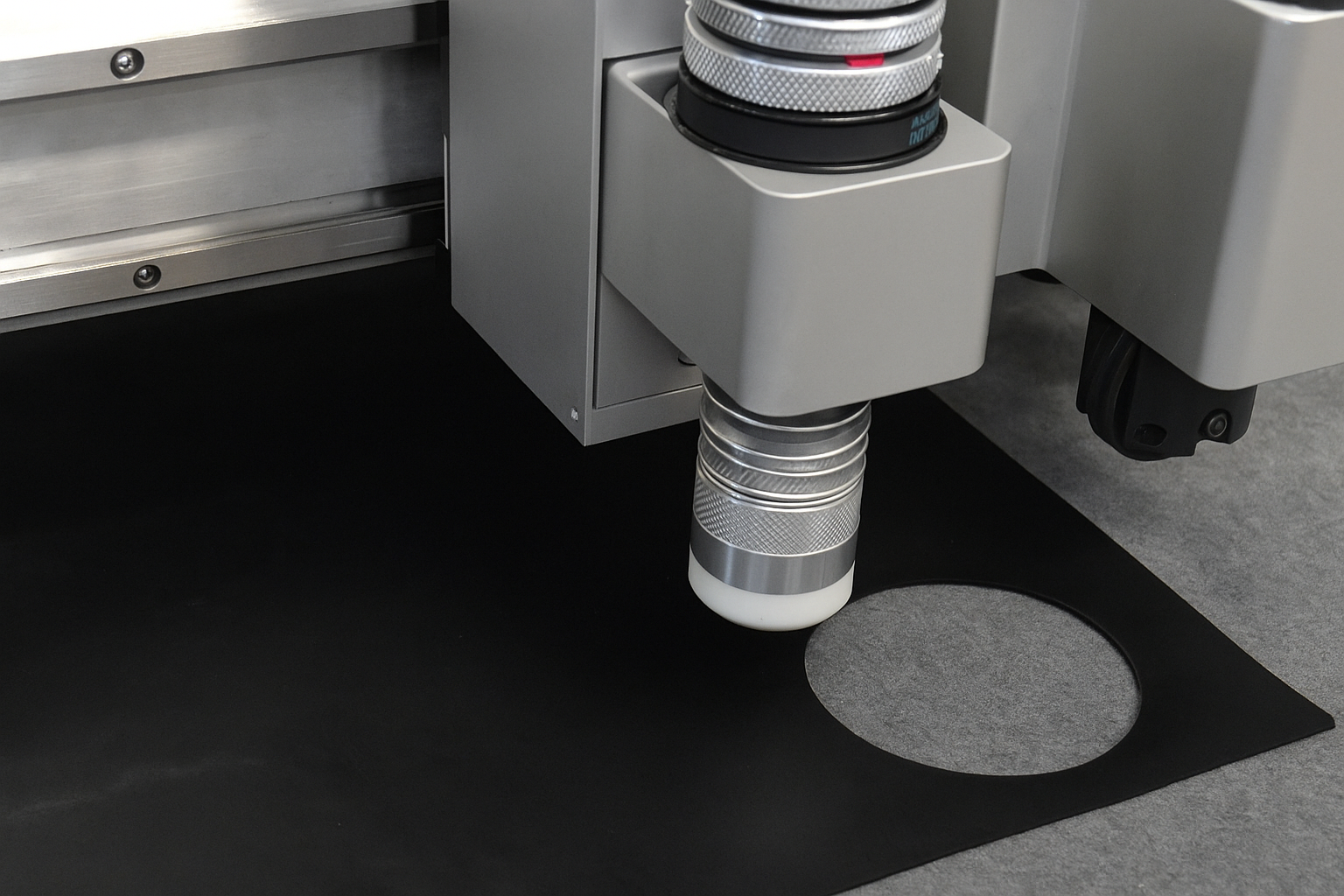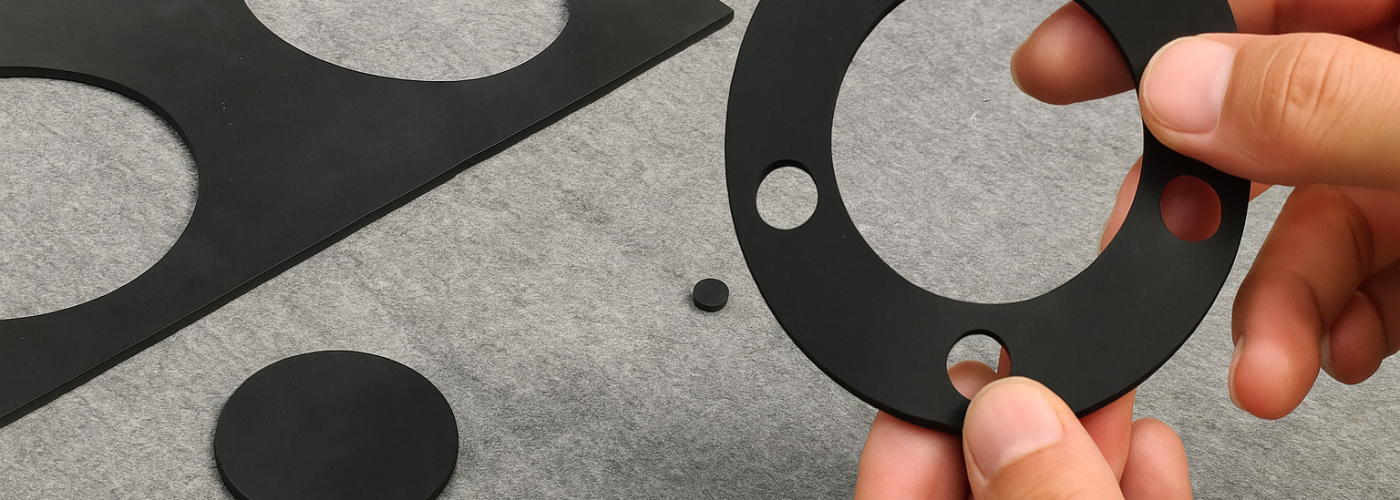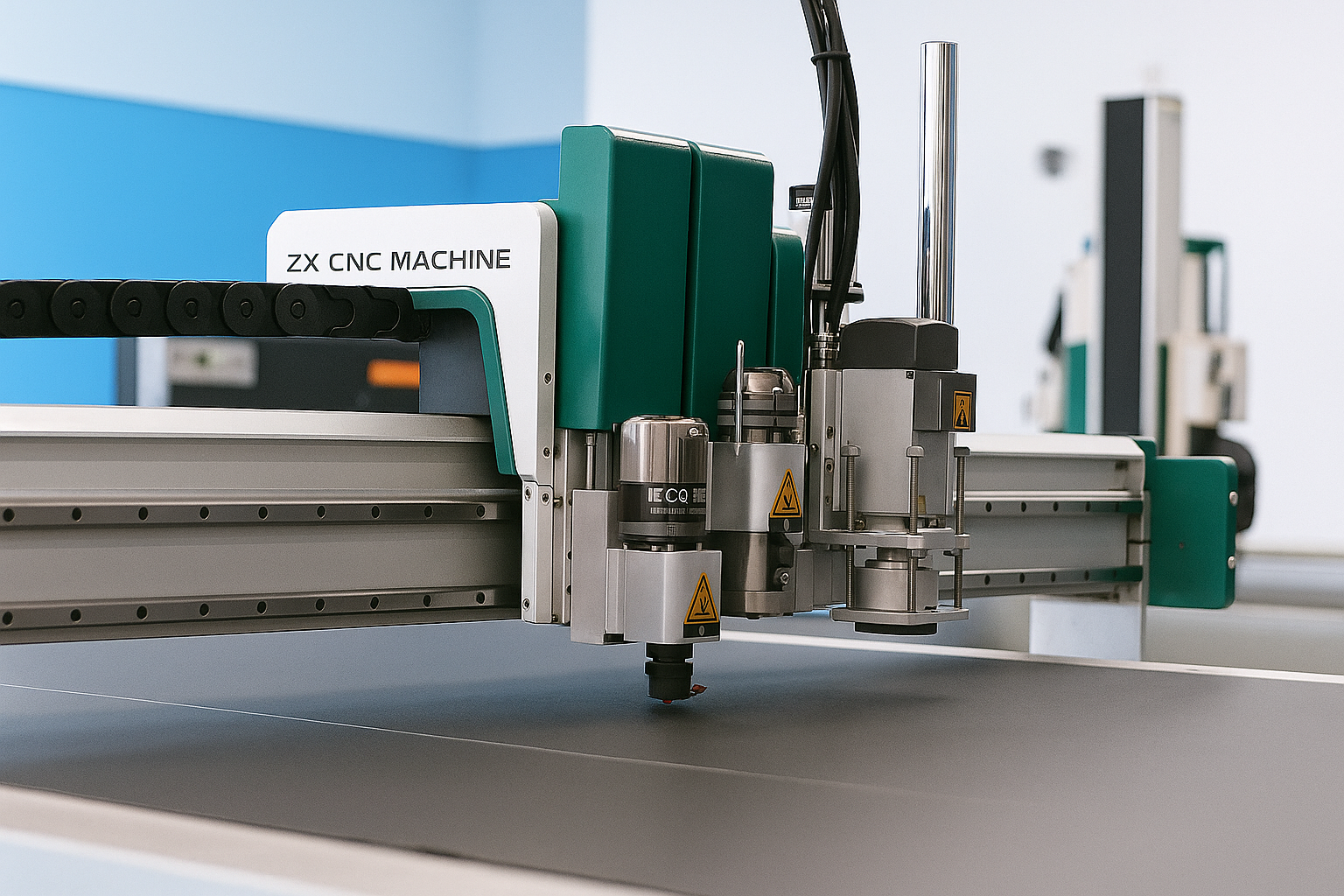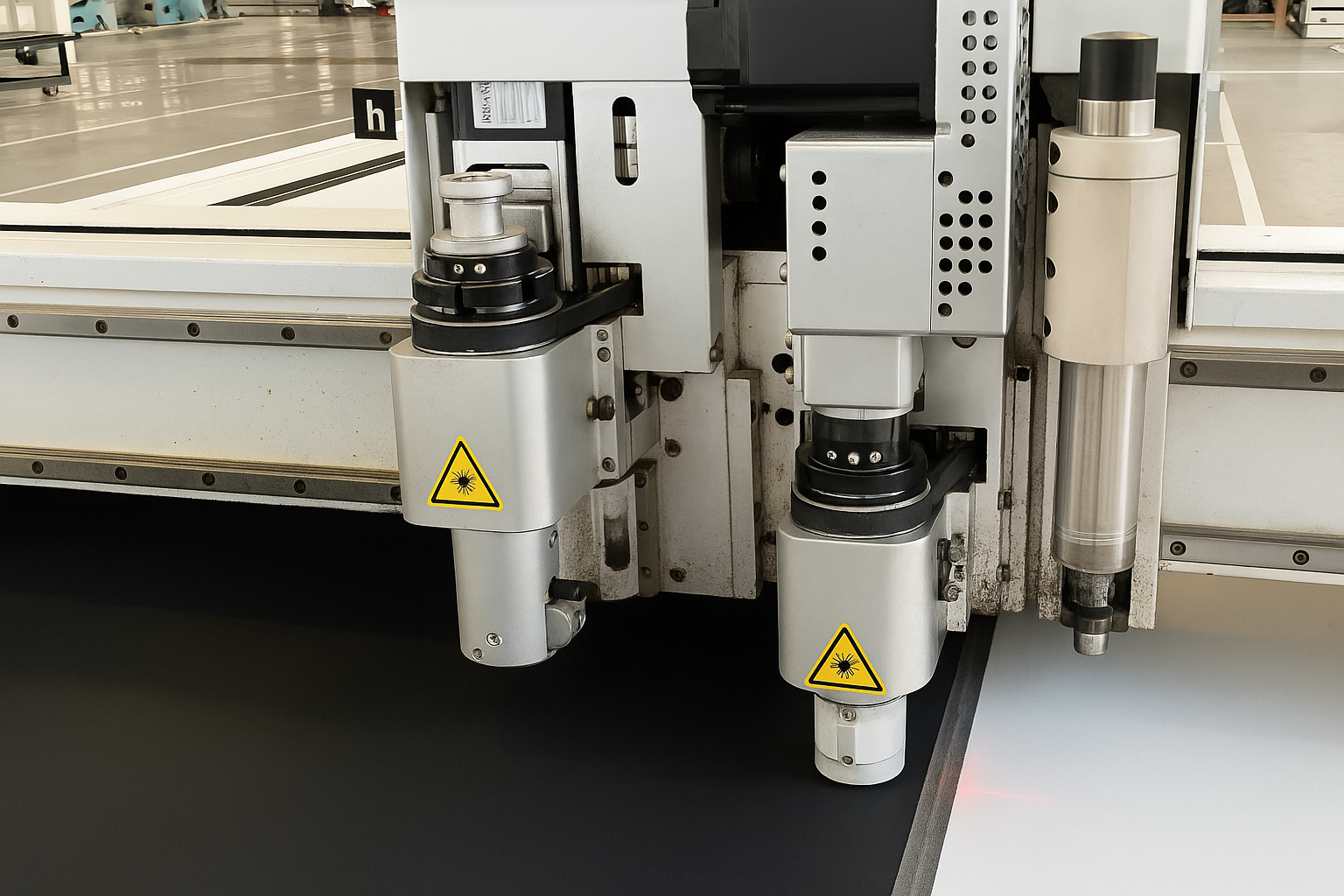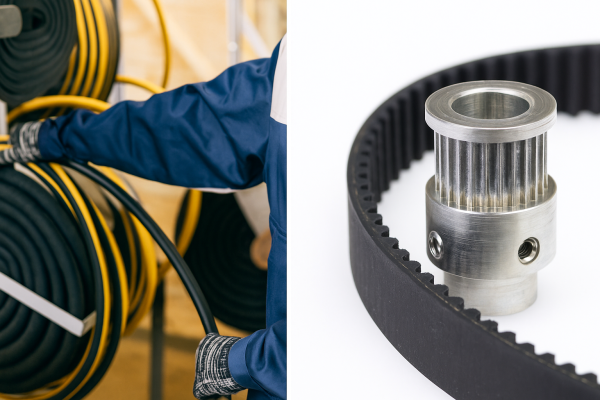1. Materielle préparation
We select premium rubber materials—sheets, tiges, or blocks—based on hardness and application. Consistent quality ensures excellent dimensional stability and performance.
2. CNC Setup
Our machines use soft jaws, custom tooling, and vibration-dampening mounts to hold flexible rubber securely and prevent distortion during machining.
3. Cutting Execution
With sharp HSS and carbide tools, we mill, tourner, and groove rubber parts like O-rings and gaskets. Optimized feeds ensure clean cuts without tearing or deformation.
4. Élimination des copeaux / Refroidissement
Rubber chips are evacuated using vacuum and air—no liquid coolants—preserving elasticity and material purity.
5. Inspection and Finish
All parts are inspected for tight tolerances. Post-processing includes deburring and thermal conditioning to restore strength and flexibility.
Different Properties of Rubber
Donc, the following are the different properties of Rubber:

1. Élasticité
Ideal for seals and dampers, our rubber parts maintain flexibility with high dimensional accuracy.
2. Résistance à la traction
We machine strong rubbers like NBR to handle dynamic loads without tearing.
3. Tear Resistance
Our components resist ripping and flex fatigue, ensuring longer service life.
4. Abrasion Resistance
We produce wear-resistant rollers and pads using tough compounds like neoprene and PU.
5. Résistance chimique
EPDM, VITON, and other rubbers are precisely machined for harsh chemical environments.
6. Stabilité thermique
Silicone and FKM parts withstand up to 250°C, perfect for high-heat applications.
7. Isolation électrique
We machine dielectric rubbers for safe, accurate parts in electronic and moisture-prone systems.
8. Weather & Ozone Resistance
EPDM parts are UV-, ozone-, and moisture-resistant—ideal for outdoor and HVAC use.
9. Compression Set Resistance
Our seals retain shape and function under long-term pressure and heat.

